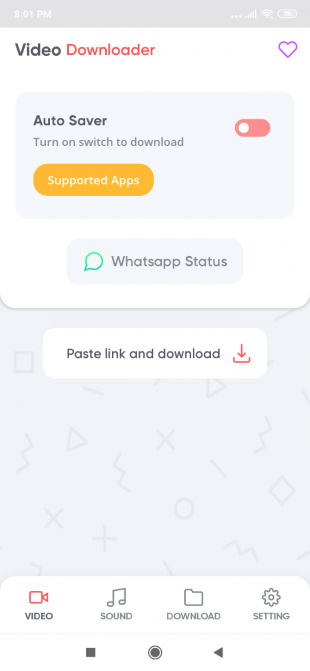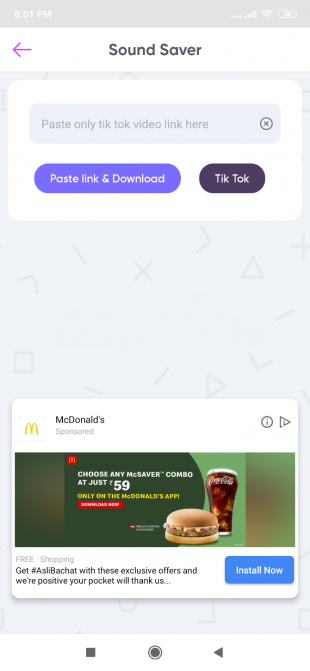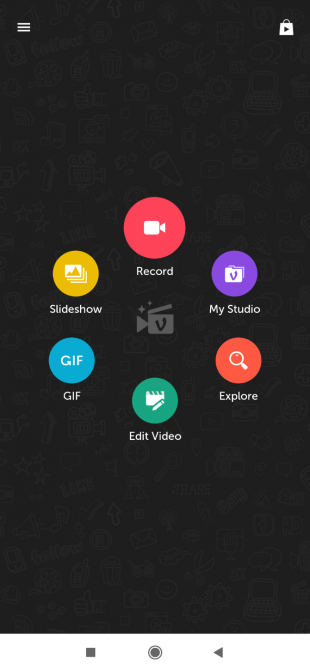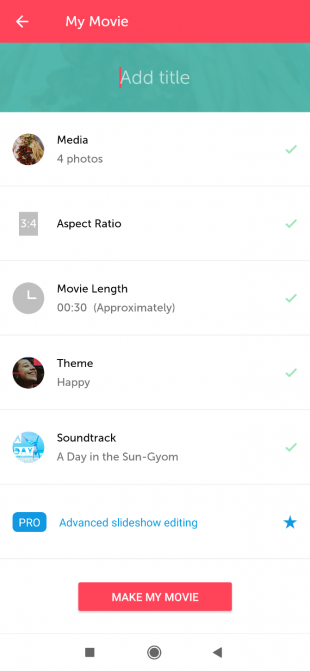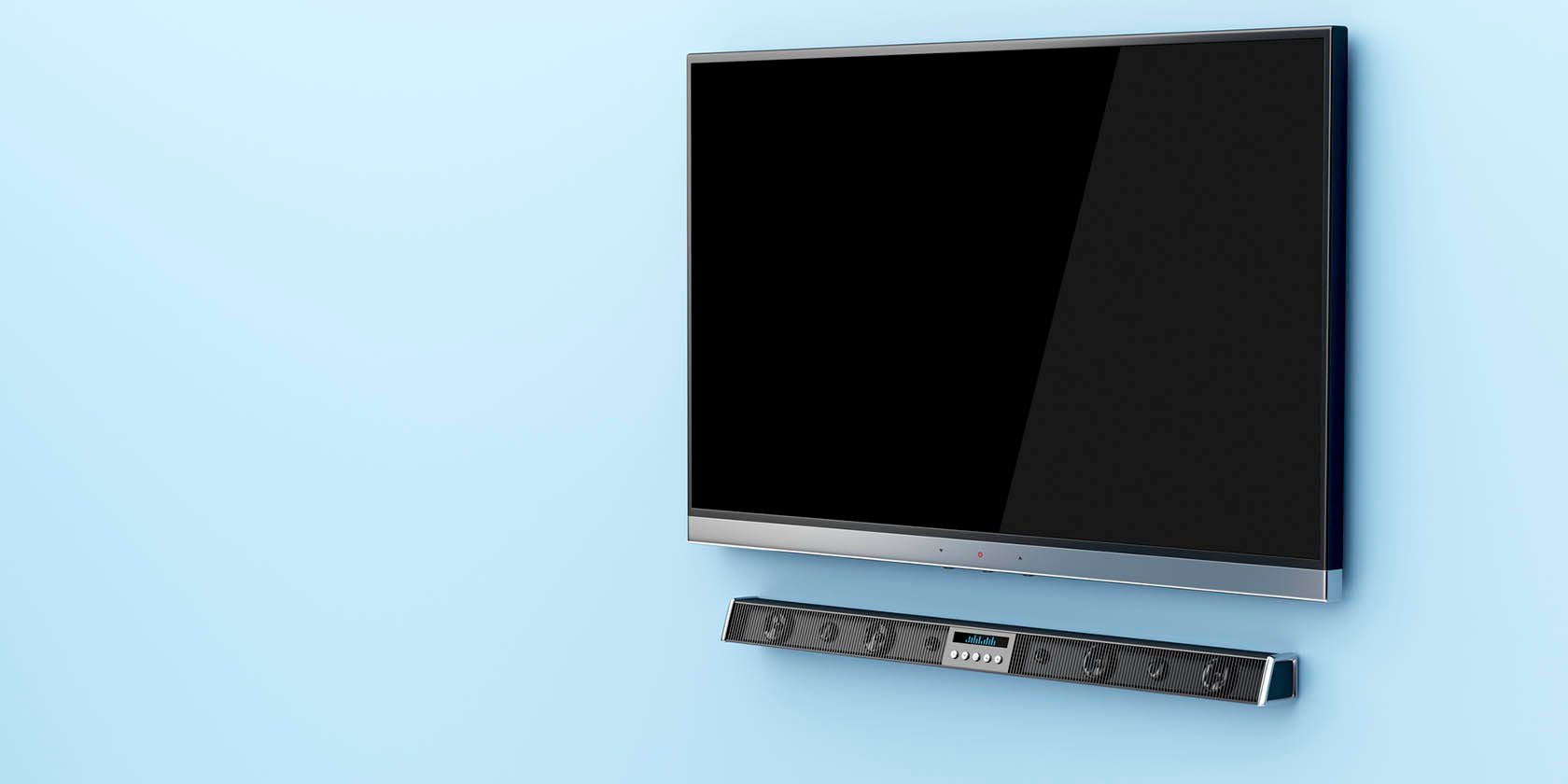Sometimes it feels as if Internet platforms are turning everything upside down, from politics to publishing, culture to commerce, and of course swapping truth for lies.
This week’s bizarro reversal was the vista of Twitter CEO Jack Dorsey, a tech CEO famed for being entirely behind the moral curve of understanding what his product is platforming (i.e. nazis), providing an impromptu ‘tweet storm’ in political speech ethics.
Actually he was schooling Facebook’s Mark Zuckerberg — another techbro renowned for his special disconnect with the real world, despite running a massive free propaganda empire with vast power to influence other people’s lives — in taking a stand for the good of democracy and society.
So not exactly a full reverse then.
In short, Twitter has said it will no longer accept political ads, period.
Whereas Facebook recently announced it will no longer fact-check political ads. Aka: Lies are fine, so long as you’re paying Facebook to spread them.
You could argue there’s a certain surface clarity to Facebook’s position — i.e. it sums to ‘when it comes to politics we just won’t have any ethics’. Presumably with the hoped for sequitur being ‘so you can’t accuse us of bias’.
Though that’s actually a non sequitur; by not applying any ethical standards around political campaigns Facebook is providing succour to those with the least ethics and the basest standards. So its position does actually favor the ‘truth-lite’, to put it politely. (You can decide which political side that might advantage.)
Twitter’s position also has surface clarity: A total ban! Political and issue ads both into the delete bin. But as my colleague Devin Coldewey quickly pointed out it’s likely to get rather more fuzzy around the edges as the company comes to defining exactly what is (and isn’t) a ‘political ad’ — and what its few “exceptions” might be.
Indeed, Twitter’s definitions are already raising eyebrows. For example it has apparently decided climate change is a ‘political issue’ — and will therefore be banning ads about science. While, presumably, remaining open to taking money from big oil to promote their climate-polluting brands… So yeah, messy.
There will clearly be attempts to stress test and circumvent the lines Twitter is setting. The policy may sound simple but it involves all sorts of judgements that expose the company’s political calculations and leave it open to charges of bias and/or moral failure.
Still, setting rules is — or should be — the easy and adult thing to do when it comes to content standards; enforcement is the real sweating toil for these platforms.
Which is also, presumably, why Facebook has decided to experiment with not having any rules around political ads — in the (forlorn) hope of avoiding being forced into the role of political speech policeman.
If that’s the strategy it’s already looking spectacularly dumb and self-defeating. The company has just set itself up for an ongoing PR nightmare where it is indeed forced to police intentionally policy-provoking ads from its own back-foot — having put itself in the position of ‘wilfully corrupt cop’. Slow hand claps all round.
Albeit, it can at least console itself it’s monetizing its own ethics bypass.
Twitter’s opposing policy on political ads also isn’t immune from criticism, as we’ve noted.
Indeed, it’s already facing accusations that a total ban is biased against new candidates who start with a lower public profile. Even if the energy of that argument would be better spent advocating for wide-ranging reform of campaign financing, including hard limits on election spending. If you really want to reboot politics by levelling the playing field between candidates that’s how to do it.
Also essential: Regulations capable of enforcing controls on dark money to protect democracies from being bought and cooked from the inside via the invisible seeding of propaganda that misappropriates the reach and data of Internet platforms to pass off lies as populist truth, cloaking them in the shape-shifting blur of microtargeted hyperconnectivity.
Sketchy interests buying cheap influence from data-rich billionaires, free from accountability or democratic scrutiny, is our new warped ‘normal’. But it shouldn’t be.
There’s another issue being papered over here, too. Twitter banning political ads is really a distracting detail when you consider that it’s not a major platform for running political ads anyway.
During the 2018 US midterms the category generated less than $3M for the company.
And, secondly, anything posted organically as a tweet to Twitter can act as a political call to arms.
It’s these outrageous ‘organic’ tweets where the real political action is on Twitter’s platform. (Hi Trump.)
Including inauthentically ‘organic’ tweets which aren’t a person’s genuinely held opinion but a planted (and often paid for) fake. Call it ‘going native’ advertising; faux tweets intended to pass off lies as truth, inflated and amplified by bot armies (fake accounts) operating in plain sight (often gaming Twitter’s trending topics) as a parallel ‘unofficial’ advertising infrastructure whose mission is to generate attention-grabbing pantomimes of public opinion to try and sway the real thing.
In short: Propaganda.
Who needs to pay to run a political ad on Twitter when you can get a bot network to do the boosterism for you?
Let’s not forget Dorsey is also the tech CEO famed for not applying his platform’s rules of conduct to the tweets of certain high profile politicians. (Er, Trump again, basically.)
So by saying Twitter is banning political ads yet continuing to apply a double standard to world leaders’ tweets — most obviously by allowing the US president to bully, abuse and threaten at will in order to further his populist rightwing political agenda — the company is trying to have its cake and eat it.
More recently Twitter has evolved its policy slightly, saying it will apply some limits on the reach of rule-breaking world leader tweets. But it continues to run two sets of rules.
To Dorsey’s credit he does foreground this tension in his tweet storm — where he writes [emphasis ours]:
Internet political ads present entirely new challenges to civic discourse: machine learning-based optimization of messaging and micro-targeting, unchecked misleading information, and deep fakes. All at increasing velocity, sophistication, and overwhelming scale.
These challenges will affect ALL internet communication, not just political ads. Best to focus our efforts on the root problems, without the additional burden and complexity taking money brings. Trying to fix both means fixing neither well, and harms our credibility.
This is good stuff from Dorsey. Surprisingly good, given his and Twitter’s long years of free speech fundamentalism — when the company gained a reputation for being wilfully blind and deaf to the fact that for free expression to flourish online it needs a protective shield of civic limits. Otherwise ‘freedom to amplify any awful thing’ becomes a speech chiller that disproportionately harms minorities.
Aka freedom of speech is not the same as freedom of reach, as Dorsey now notes.
Even with Twitter making some disappointing choices in how it defines political issues, for the purposes of this ad ban, the contrast with Facebook and Zuckerberg — still twisting and spinning in the same hot air; trying to justify incoherent platform policies that sell out democracy for a binary ideology which his own company can’t even stick to — looks stark.
The timing of Dorsey’s tweet-storm, during Facebook’s earnings call, was clearly intended to make that point.
“Zuckerberg wants us to believe that one must be for or against free speech with no nuance, complexity or cultural specificity, despite running a company that’s drowning in complexity,” writes cultural historian, Siva Vaidhyanathan, confronting Facebook’s moral vacuousness in a recent Guardian article responding to another Zuckerberg ‘manifesto’ on free speech. “He wants our discussions to be as abstract and idealistic as possible. He wants us not to look too closely at Facebook itself.”
Facebook’s position on speech does only stand up in the abstract. Just as its ad-targeting business can only run free of moral outrage in unregulated obscurity, where the baked in biases — algorithmic and user generated — are safely hidden from view so people can’t joins the dots on how they’re being damaged.
We shouldn’t be surprised at how quickly the scandal-prone company is now being called on its ideological BS. We have a savvier political class as a result of the platform-scale disinformation and global data scandals of the past few years. People who have have seen and experienced what Facebook’s policies translate to in real world practice. Like compromised elections and community violence.
With lawmakers like these turning their attention on platform giants there is a genuine possibility of meaningful regulation coming down the pipe for the antisocial media business.
Not least because Facebook’s self regulation has always been another piece of crisis PR, designed to preempt and steer off the real thing. It’s a cynical attempt to maintain its profitable grip on our attention. The company has never been committed to making the kind of systemic change necessary to fix its toxic speech issues.
The problem is, ultimately, toxicity and division drives engagement, captures attention and makes Facebook a lot of money.
Twitter can claim a little distance from that business model not only because it’s considerably less successful than Facebook at generating money by monopolizing attention, but also because it provides greater leeway for its users to build and follow their own interest networks, free from algorithmic interference (though it does do algorithms too).
It has also been on a self-proclaimed reform path for some time. Most recently saying it wants to be responsible for promoting “conversational health on its platform. No one would say it’s there yet but perhaps we’re finally getting to see some action. Even if banning political ads is mostly a quick PR win for Twitter.
The really hard work continues, though. Namely rooting out bot armies before their malicious propaganda can pollute the public sphere. Twitter hasn’t said it’s close to being able to fix that.
Facebook is also still failing to stem the tide of ‘organic’ politicized fake content on its platform. Fakes that profit at our democratic expense by spreading hate and lies.
For this type of content Facebook offers no searchable archive (as it now does for paid ads which it defines as political) — thereby providing ongoing cover for dark money to do its manipulative hack-job on democracy by free-posting via groups and pages.
Plus, even where Facebook claims to be transparently raising the curtain on paid political influence it’s abjectly failing to do so. Its political ads API is still being blasted by research academics as not fit for purpose. Even as the company policy cranks up pressure on external fact-checkers by giving politicians the green light to run ads that lie.
It has also been accused of applying a biased standard when it comes to weeding out “coordinated inauthentic behavior”, as Facebook euphemistically calls the networks of fake accounts set up to amplify and juice reach — when the propaganda in question is coming from within the US and leans toward the political right.
Facebook denies this, claiming for example that a network of pages on its platform reported to be exclusively boosting content from US conservative news site, The Daily Wire, are “real pages run by real people in the U.S., and they don’t violate our policies“. (It didn’t offer us any detail on how it reached that conclusion.)
A company spokesperson also said: “We’re working on more transparency so that in the future people have more information about Pages like these on Facebook.”
So it’s still promising ‘more transparency’ — rather than actually being transparent. And it remains the sole judge interpreting and applying policies that aren’t at all legally binding; so sham regulation then.
Moreover, while Facebook has at times issued bans on toxic content from certain domestic hate speech preachers’, such as banning some of InfoWars’ Alex Jones’ pages, it’s failed to stop the self-same hate respawning via new pages. Or indeed the same hateful individuals maintaining other accounts on different Facebook-owned social properties. Inconsistency of policy enforcement is Facebook’s DNA.
Set against all that Dorsey’s decision to take a stance against political ads looks positively statesmanlike.
It is also, at a fundamental level, obviously just the right thing to do. Buying a greater share of attention than you’ve earned politically is regressive because it favors those with the deepest pockets. Though of course Twitter’s stance won’t fix the rest of a broken system where money continues to pour in and pollute politics.
We also don’t know the fine-grained detail of how Twitter’s algorithms amplify political speech when it’s packaged in organic tweet form. So whether its algorithmic levers are more likely to be triggered into boosting political tweets that inflame and incite, or those that inform and seek to unite.
As I say, the whole of Twitter’s platform can sum to political advertising. And the company does apply algorithms to surface or suppress tweets based on its proprietary (and commercial) determination of ‘engagement quality’. So its entire business is involved in shaping how visible (or otherwise) tweeted speech is.
That very obviously includes plenty of political speech. Not for nothing is Twitter Trump’s platform of choice.
Nothing about its ban on political ads changes all that. So, as ever, where social media self-regulation is concerned, what we are being given is — at best — just fiddling around the edges.
A cynical eye might say Twitter’s ban is intended to distract attention from more structural problems baked into these attention-harvesting Internet platforms.
The toxic political discourse problem that democracies and societies around the world are being forced to grapple with is as a consequence of how Internet platforms distribute content and shape public discussion. So what’s really key is how these companies use our information to program what we each get to see.
The fact that we’re talking about Twitter’s political ad ban risks distracting from the “root problems” Dorsey referenced in passing. (Though he would probably offer a different definition of their cause. In the tweet storm he just talks about “working hard to stop people from gaming our systems to spread misleading info”.)
Facebook’s public diagnosis of the same problem is always extremely basic and blame-shifting. It just says some humans are bad, ergo some bad stuff will be platformed by Facebook — reflecting the issue back at humanity.
Here’s an alternative take: The core issue underpinning all these problems around how Internet platforms spread toxic propaganda is the underlying fact of taking people’s data in order to manipulate our attention.
This business of microtargeting — or behavioral advertising, as it’s also called — turns everyone into a target for some piece of propaganda or other.
It’s a practice that sucks regardless of whether it’s being done to you by Donald Trump or by Disney. Because it’s asymmetrical. It’s disproportionate. It’s exploitative. And it’s inherently anti-democratic.
It also incentivizes a pervasive, industrial-scale stockpiling of personal data that’s naturally hostile to privacy, terrible for security and gobbles huge amounts of energy and computing resource. So it sucks from an environmental perspective too.
And it does it all for the very basest of purposes. This is platforms selling you out so others can sell you stuff. Be it soap or political opinions.
Zuckerberg’s label of choice for this process — “relevant ads” — is just the slick lie told by a billionaire to grease the pipes that suck out the data required to sell our attention down the river.
Microtargeting is both awful for the individual (meaning creepy ads; loss of privacy; risk of bias and data misuse) and terrible for society for all the same reasons — as well as grave, society-level risks, such as election interference and the undermining of hard-won democratic institutions by hostile forces.
Individual privacy is a common good, akin to public health. Inoculation — against disease or indeed disinformation — helps protect the whole of us from damaging contagion.
To be clear, microtargeting is also not only something that happens when platforms are paid money to target ads. Platforms are doing this all the time; applying a weaponizing layer to customize everything they handle.
It’s how they distribute and program the masses of information users freely upload, creating maximally engaging order out of the daily human chaos they’ve tasked themselves with turning into a compelling and personalized narrative — without paying a massive army of human editors to do the job.
Facebook’s News Feed relies on the same data-driven principles as behavioral ads do to grab and hold attention. As does Twitter’s ‘Top Tweets’ algorithmically ranked view.
This is programmed attention-manipulation at vast scale, repackaged as a ‘social’ service. One which uses what the platforms learn by spying on Internet users as divisive glue to bind our individual attention, even if it means setting some of us against each another.
That’s why you can publish a Facebook post that mentions a particular political issue and — literally within seconds — attract a violently expressed opposing view from a Facebook ‘friend’ you haven’t spoken to in years. The platform can deliver that content ‘gut punch’ because it has a god-like view of everyone via the prism of their data. Data that powers its algorithms to plug content into “relevant” eyeballs, ranked by highest potential for engagement sparks to fly.
It goes without saying that if a real friendship group contained such a game-playing stalker — who had bugged everyone’s phones to snoop and keep tabs on them, and used what they learnt to play friends off against each other — no one would imagine it bringing the group closer together. Yet that’s how Facebook treats its captive eyeballs.
That awkward silence you could hear as certain hard-hitting questions struck Zuckerberg during his most recent turn in the House might just be the penny dropping.
It finally feels as if lawmakers are getting close to an understanding of the real “root problem” embedded in these content-for-data sociotechnical platforms.
Platforms that invite us to gaze into them in order that they can get intimate with us forever — using what they learn from spying to pry further and exploit faster.
So while banning political ads sounds nice it’s just a distraction. What we really need to shatter the black mirror platforms are holding against society, in which they get to view us from all angles while preventing us from seeing what they’re doing, is to bring down a comprehensive privacy screen. No targeting against personal data.
Let them show us content and ads, sure. They can target this stuff contextually based on a few generic pieces of information. They can even ask us to specify if we’d like to see ads about housing today or consumer packaged goods? We can negotiate the rules. Everything else — what we do on or off the platform, who we talk to, what we look at, where we go, what we say — must remain strictly off limits.
 Read Full Article
Read Full Article
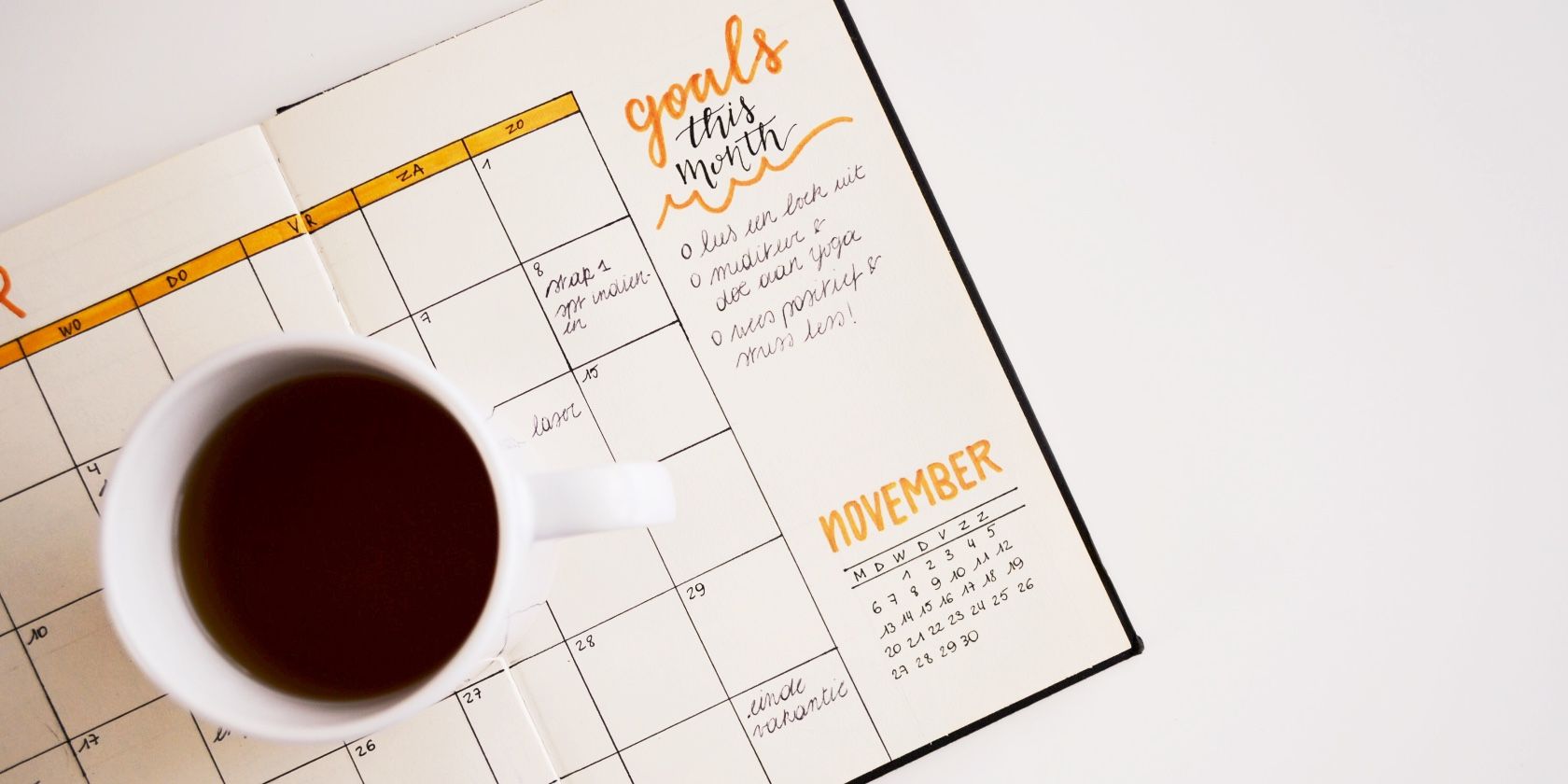
 ︎ Task_Name
︎ Task_Name
 ︎
︎






 (@jack)
(@jack) 
 (@sivavaid)
(@sivavaid) 



